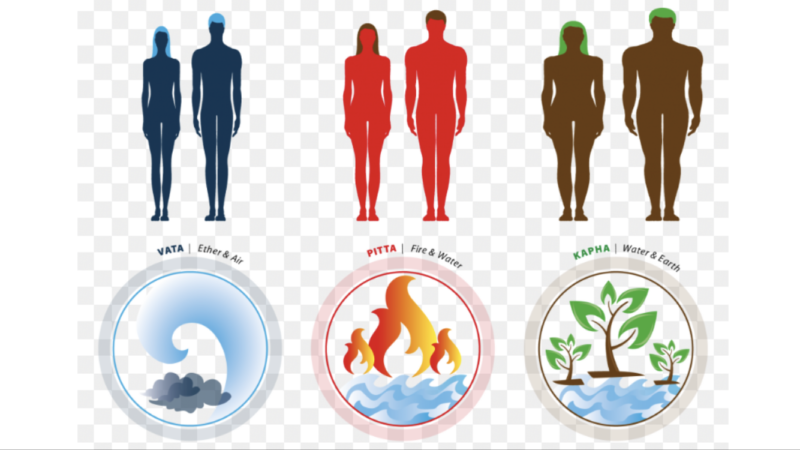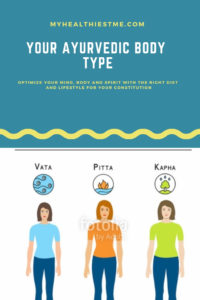I get asked a lot for dietary recommendations.
Our western philosophy has taught us to count calories, fat, carbohydrates and protein as a means of losing weight, building muscle or achieving short term physical goals. I believe this misses the point.
If we are eating properly for our constitution and addressing digestive imbalances, our body should settle into its correct weight and our overall health will improve.
What’s right for me is different then what’s right for you and the same applies to each of my kids. Each of them has their unique constitution. It’s clear to me that my oldest and youngest, Ariella and Evan, are more alike than either is to Jordan (my middle).

Knowing your constitution will help you optimize your food, lifestyle, and even exercise choices. It will even help you better understand your mindset and make appropriate modifications when imbalances creep in. With this information, you can:
- Design your optimal diet
- Exercise according to your body’s unique needs
- Address imbalances quickly
Ayurveda and Constitution
In Ayurveda, every body is unique. You are born with a certain constitution (Prakruti). This can be predominantly 1 type or a combination of the 3 Ayurvedic body types. Knowing your Prakruti is extremely helpful in tailoring lifestyle and dietary choices.
There are 3 body types from an Ayurvedic perspective. They are:
- Vata — Air
- Pitta — Fire
- Kapha — Earth

I will go into more detail about each of these body types below.
Remember, most of us are born with a combination of these body types. However, we tend to have 1 or 2 types that are predominant. Our bodies also shift out of alignment due to our environment, the seasons, and life experiences.
This creates Vikruti, which we experience as physical signs/symptoms and manifestations of being out of alignment with our natural constitution. Learning to tailor our food choices to our Prakruti is a big step towards achieving many of our health goals.
Vata Body Type – Characterized by Air
Vata Body Type – Characterized by Air
The Vata body type is anabolic. Vata individuals use energy quickly. Some mental and physical characteristics of Vata individuals include:
- Creative thinkers
- Artistically minded
- Thin and slender body type with all features tending towards this quality (such as nails, hair, eyes, toes, etc)
- Tending towards dryness in all of the above characteristics
- Often involved in many different things at once
- Like to feel light and airy and often skip meals as a result
Pitta Body Type – Characterized by Fire
The Pitta body type is metabolic. Pitta individuals use energy at a steady, moderate pace. Some mental and physical characteristics of Pitta individuals include:
- Sharp memory and mind
- Strong personality
- Natural leaders
- Joyful and full of life
- Medium sized frame and eyes with moderate muscle tone
- Medium sized eyes with all features being moderate in size
- Light colored eyes
- Robust, healthy appetites

Kapha Body Type – Characterized by Earth
The Kapha body type is catabolic. Kapha individuals use energy slowly. Some mental and physical characterisitcs of Kapha individuals include:
- Gentle personality
- Easy going, fun loving, patient
- Grounded disposition
- Emotionally in tune with self and others
- Having strong endurance
- Strong, thick and lush hair
- Sturdy build, large and strong frame
- Round faces with full lips and lashes
- Steady appetite with slow but regular bowel movements and minimal urination

These are just a few characteristics of the 3 Ayurvedic body types.
As I mentioned, there is not a one size fits all approach in Ayurveda. Most of us fall into a combination of the body types listed above. However, 1 or 2 of these are typically more predominant. Learning more about your makeup is a great start to your journey. From there, we can custom tailor our mind, body and spiritual practices to create the best possible version of ourselves.

